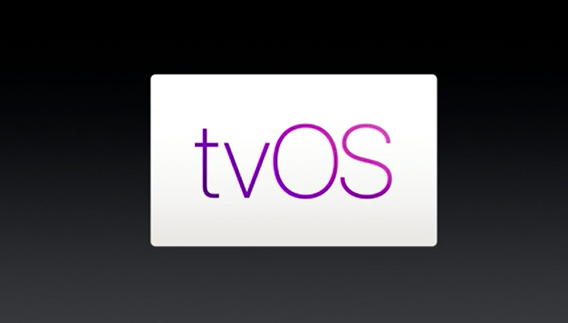Looking for some help building your Apple TV tvOS App? I’m available for consulting and development, contact me. This is part 2 of the tvOS tutorial. If you haven’t gone through part 1 yet, I suggest you run through that first. Adding Interactivity In the first section we created a simple TVML document with a…
Search Results for: index
Developing tvOS Apps for Apple TV [Part 1]
Here’s what you’ll have at the end of part 2 of this tutorial if you follow along: Looking for some help building your Apple TV tvOS App? I’m available for consulting and development, contact me. Apple TV Developer Tools Before we get started you’ll need the Xcode 7.1 beta, which you can download here: Download…
Objective-C Pointers and Swift 2: A Simple Guide
This post written on August 23, 2015 to be compatible with Xcode 7 Beta and Swift 2 Objective-C Pointers and Swift Reading C pointers from Swift Let’s say I have a C Int object as a Swift pointer. For example this Objective-C method would return an int pointer, or (int *) in C terminology: @interface…
List Comprehensions and Performance With Swift
This post written on August 15, 2015 to be compatible with Xcode 6 and Swift 1.2 List comprehensions provide a concise way to create lists. You can accomplish list comprehension-like operations in Swift even though list comprehensions are not mentioned in the Swift language guide. Say you want to create a list of squares, like:…
Function Currying in Swift
Function Currying in Swift The concept of currying is that instead of accepting multiple arguments, a function accepts only one, and returns a function which acepts the remaining arguments. The returned function will also accept only one argument, and returns another function. This process continues until all arguments are exhausted and we are left only…
Functional Programming in Swift
Thoughts on Functional Programming in Swift Like most of you, I have to use Objective-C at my day job. I could only craft my Swift skills at night. Swift is not a purely functional language. It can be use imperatively because all frameworks from Apple are written in Objective-C at the time of writing. However,…
Local Notifications in iOS 10 with Swift (Part 1)
This post has been updated for compatibility with XCode 8 and iOS 10 Local notifications are a simple way to display information to your user even when your app is in the background. They allow you to display an alert, play a sound or badge your app’s icon. Local notifications can be triggered at a scheduled time…
Core Data Migrations Swift Tutorial
In this post we’re going to discuss migrations in Core Data. This is part three of a tutorial series covering the usage of Core Data in Swift to write iOS apps with persistence. While I think you can benefit strictly from reading this post, it may be easier to follow along if you go back…
Core Data in Swift Tutorial (Part 3)
This post compatible with Xcode 6.3 Beta, Updated on February 16, 2014 This is part three of a tutorial series covering the usage of Core Data in Swift to write iOS apps with persistence. If you haven’t read part one yet, read that first. If you really want to get your feet wet, my Swift…
Core Data in Swift Tutorial (Part 2)
This post compatible with Xcode 6.3, Updated on February 16, 2015 This is part two of a tutorial series covering the usage of Core Data in Swift to write iOS apps with persistence. If you haven’t read part one yet, read that first. If you really want to get your feet wet, my Swift book…
